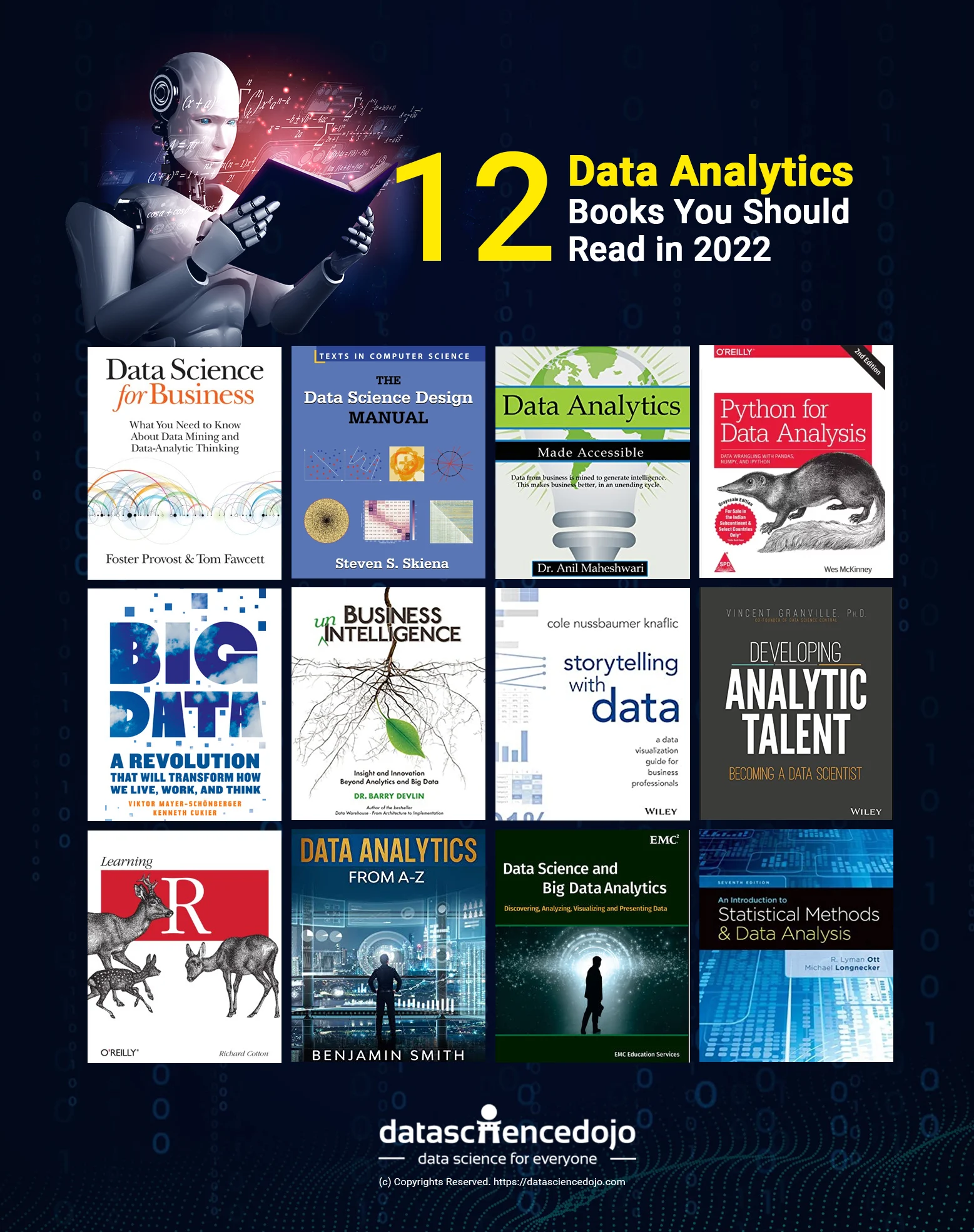In this article, we’re going to talk about how data analytics can help your business generate more leads and why you should rely on data when making decisions regarding a digital marketing strategy.
Some people believe that marketing is about creativity – unique and interesting campaigns, quirky content, and beautiful imagery. Contrary to their beliefs, data analytics is what actually powers marketing – creativity is simply a way to accomplish the goals determined by analytics.
Now, if you’re still not sure how you can use data analytics to generate more leads, here are our top 10 suggestions.
1. Know how your audience behaves
Most businesses have an idea or two about who their target audience is. But having an idea or two is not good enough if you want to grow your business significantly – you need to be absolutely sure who your audience is and how they behave when they come to your website.
Now, the best way to do that is to analyze the website data.
You can tell quite a lot by simply looking at the right numbers. For instance, if you want to know whether the users can easily find the information they’re looking for, keep track of how much time they spend on a certain webpage. If they leave the webpage as soon as it loads, they probably didn’t find what they needed.
We know that looking at spreadsheets is a bit boring, but you can easily obtain Power BI Certification and use Microsoft Power BI to make data visuals that are easy to understand and pleasing to the eye.

Read the top 12 data analytics books to learn more about it
2. Segment your audience
A great way to satisfy the needs of different subgroups within your target audience is to use audience segmentation. Using that, you can create multiple funnels for the users to move through instead of just one, thereby increasing your lead generation.
Now, before you segment your audience, you need to have enough information about these subgroups so that you can divide them and identify their needs. Since you can’t individually interview users and ask them for the necessary information, you can use data analytics instead.
Once you have that, it’s time to identify their pain points and address them differently for different subgroups, and voilàa – you’ve got yourself more leads.
3. Use data analytics to improve buyer persona
Knowing your target audience is a must but identifying a buyer persona will take things to the next level. A buyer persona doesn’t only contain basic information about your customers. It goes deeper than that and tells you their exact age, gender, hobbies, location, and interests.
It’s like describing a specific person instead of a group of people.
Of course, not all your customers will fit that description to a T, but that’s not the point. The point is to have that one idea of a person (or maybe two or three buyer personas) in your mind when creating content for your business.

4. Use predictive marketing
While data analytics should absolutely be used in retrospectives, there’s another purpose for the information you obtain through analytics – predictive marketing.
Predictive marketing is basically using big data to develop accurate forecasts of customers’ behavior. It uses complex machine-learning algorithms to build predictive models.
A good example of how that works is Amazon’s landing page, which includes personalized recommendations.
Amazon doesn’t only keep track of the user’s previous purchases, but also what they have clicked on in the past and the types of items they’ve shown interest in. By combining that with the season of purchase and time, they are able to make recommendations that are nearly 100% accurate.

If you’re curious to find out how data science works, we suggest that you enroll in the Data Science Bootcamp.
5. Know where website traffic comes from
Users come to your website from different places.
Some have searched for it directly on Google, some have run into an interesting blog piece on your website, while others have seen your ad on Instagram. This means that the time and effort you put into optimizing your website and creating interesting content pays off.
But imagine creating a YouTube ad that doesn’t bring much traffic – that doesn’t pay off at all. You’d then want to rework your campaign or redirect your efforts elsewhere.
This is exactly why knowing where website traffic comes from is valuable. You don’t want to invest your time and money into something that doesn’t bring you any benefits.
6. Understand which products work
Most of the time, you can determine what your target audience will like and dislike. The more information you have about your target audience, the better you can satisfy their needs.
But no one is perfect, and anyone can make a mistake.
Heinz, a company known for producing ketchup and other food, once released their new product: – EZ Squirt ketchup in shades of purple, green, and blue. At first, the kids loved it, but this didn’t last for long. Six years later after that, Heinz halted production of these products.
As you can see, even big and experienced companies flop sometimes. A good way to avoid that is by tracking which product pages have the least traffic and don’t sell well.
7. Perform competitor analysis
Keeping an eye on your competitors is never a bad idea. No matter how well you’re doing and how unique you are, others will try to surpass you and become better.
The good news is that there are quite a few tools online that you can use for competitor analysis. SEMrush, for instance, can help you see what the competition is doing to get qualified leads so that you can use it to your advantage.
Even if there wasn’t a tool you need, you can always enroll in a Python for Data Science course and learn to build your own tools that can track the data you need to drive your lead generation.

8. Nurture your leads
Nurturing your leads means developing a personalized relationship with your prospects at every stage of the sales funnel in order to get them to buy your products and become your customers.
Because lead nurturing offers a personalized approach, you’ll need information about your leads: – what is their title, role, industry, and similar info, depending on what your business does. Once you have that, you can provide them with the relevant content that will help them decide to buy your products and build brand loyalty along the way.
This is something b2b lead generation companies can help you with if you’re hesitant to do it on your own.
9. Gain more customers
Having an insight into your conversion rate, churn rate, sources of website traffic, and other relevant data will ultimately lead to more customers. For instance, your sales team will be able to calculate which sources convert most effectively and prepare resources before running a campaign.
The more information you have, the better you’ll perform, and this is exactly why Data Science for Business is important – you’ll be able to see the bigger picture and make better decisions.

10. Avoid significant losses
Finally, data can help you avoid certain losses by halting the launch of a product that won’t do well.
For instance, you can use the Coming soon page to research the market and see if your customers are interested in a new product you planned on launching. If enough people show interest, you can start producing, and if not – you won’t waste your money on something that was bound to fail.
Conclusion:
Applications of data analytics go beyond simple data analysis, especially for advanced analytics projects. The majority of the labor is done up front in the data collection, integration, and preparation stages, followed by the creation, testing, and revision of analytical models to make sure they give reliable findings.
Data engineers, who build data pipelines and aid in the preparation of data sets for analysis, are frequently included within analytics teams in addition to data scientists and other data analysts.
Written by Ava-Mae





